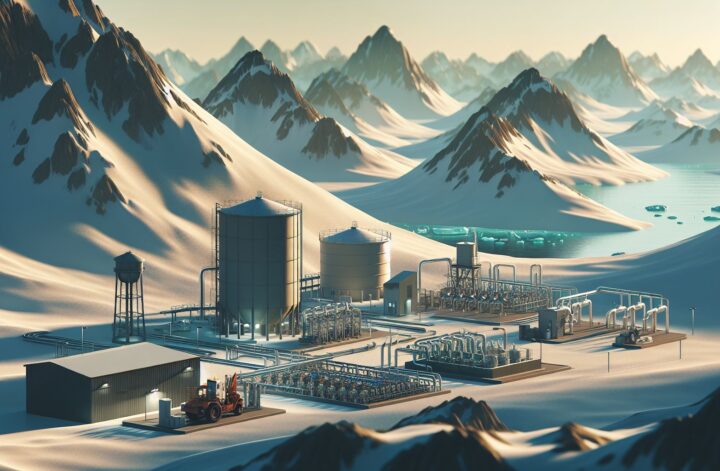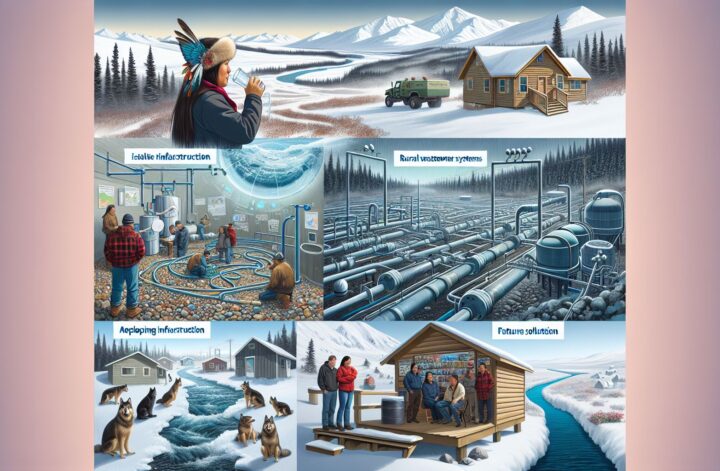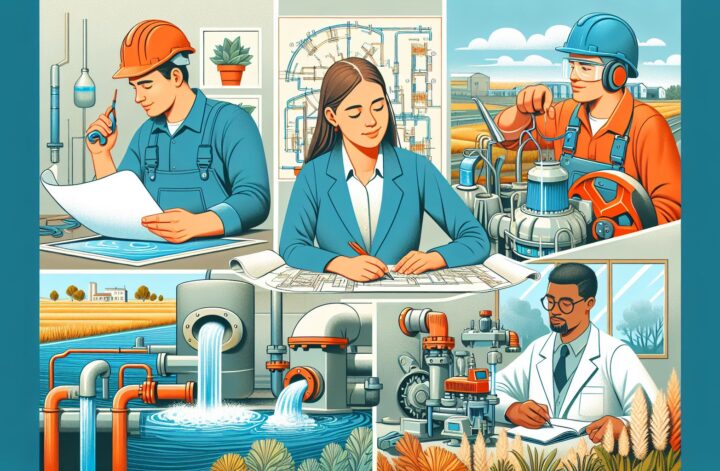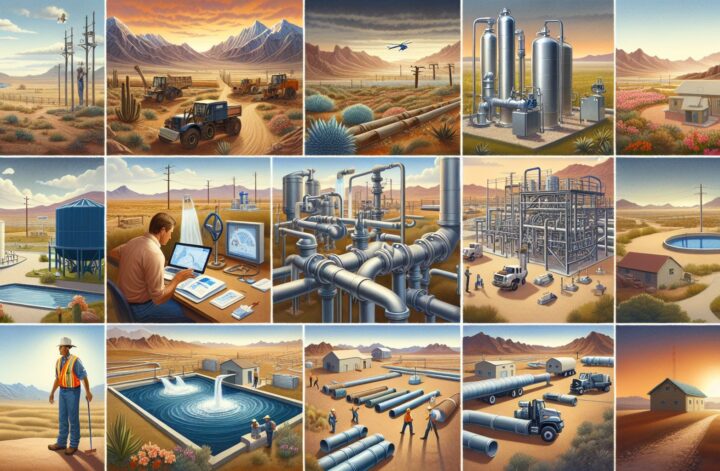Water and wastewater management in rural areas can be an immense challenge, and the breadth and remoteness of Alaska provides no exception. Sparsely populated and oftentimes inaccessible during certain seasons, the task of providing safe and reliable water and wastewater systems to rural Alaskan communities is a gargantuan one. The state has had to innovate and adapt to ensure these resources are available to all its residents.
Alaska’s primary water resources are categorized as surface water and groundwater. Over half of the public water systems in Alaska depend on groundwater. Many rural Alaskan communities, especially those situated along the coastline or near bodies of water, depend on surface water. They employ treatment procedures like disinfection and filtration to make the water potable.
However, accessing these sources in rural regions can be difficult. Traditional piped-water services are often unfeasible due to the challenging Alaskan terrain and the permafrost that can affect infrastructure. Consequently, water is often hauled from source to individual homes in these rural setups, posing risks for contamination and certainly a labor-intensive process.
Each household typically has a storage tank which is refilled routinely either by the community’s water haul service or by the residents themselves. Prioritizing accessibility, some communities have constructed centralized watering points, complete filling stations where residents can obtain clean, treated water.
Moving toward wastewater management, many rural Alaskan homes are equipped with honey buckets, an in-house container for human waste, subsequently disposed of at a designated community site. Others rely on septic systems. As with water retrieval, wastewater disposal too has its unique set of challenges. Regulations around the disposal of sewage from honey buckets, scarcity of septic tank pump-out services, and frozen ground hindering the function of septic systems are a few issues to be tackled.
The Alaska Department of Environmental Conservation (ADEC) is responsible for overseeing the quality of rural water services and wastewater systems. They endeavor to maintain the standards set by the Safe Drinking Water Act and the Clean Water Act.
Additionally, the Alaska Rural Water and Sanitation Working Group, formed of several State and Federal agencies and organizations, actively advocates for changes and improvements in Alaska’s rural water and sanitation systems. One such example is the effort pushing for more community-wide piped systems that can function despite the cold, a push towards the usability and efficiency of the system while also considering the health and well-being of the community.
In the face of adversity, Alaska’s story in managing rural water and wastewater systems is one of resilience and adaptive innovation. It is a testament to the tremendous effort in ensuring that even the most remote villages have access to essentials like water and sanitation. Yet, a lot more work remains to be done to overcome various environmental and logistical challenges and move closer towards equal access and safer, more efficient systems.




